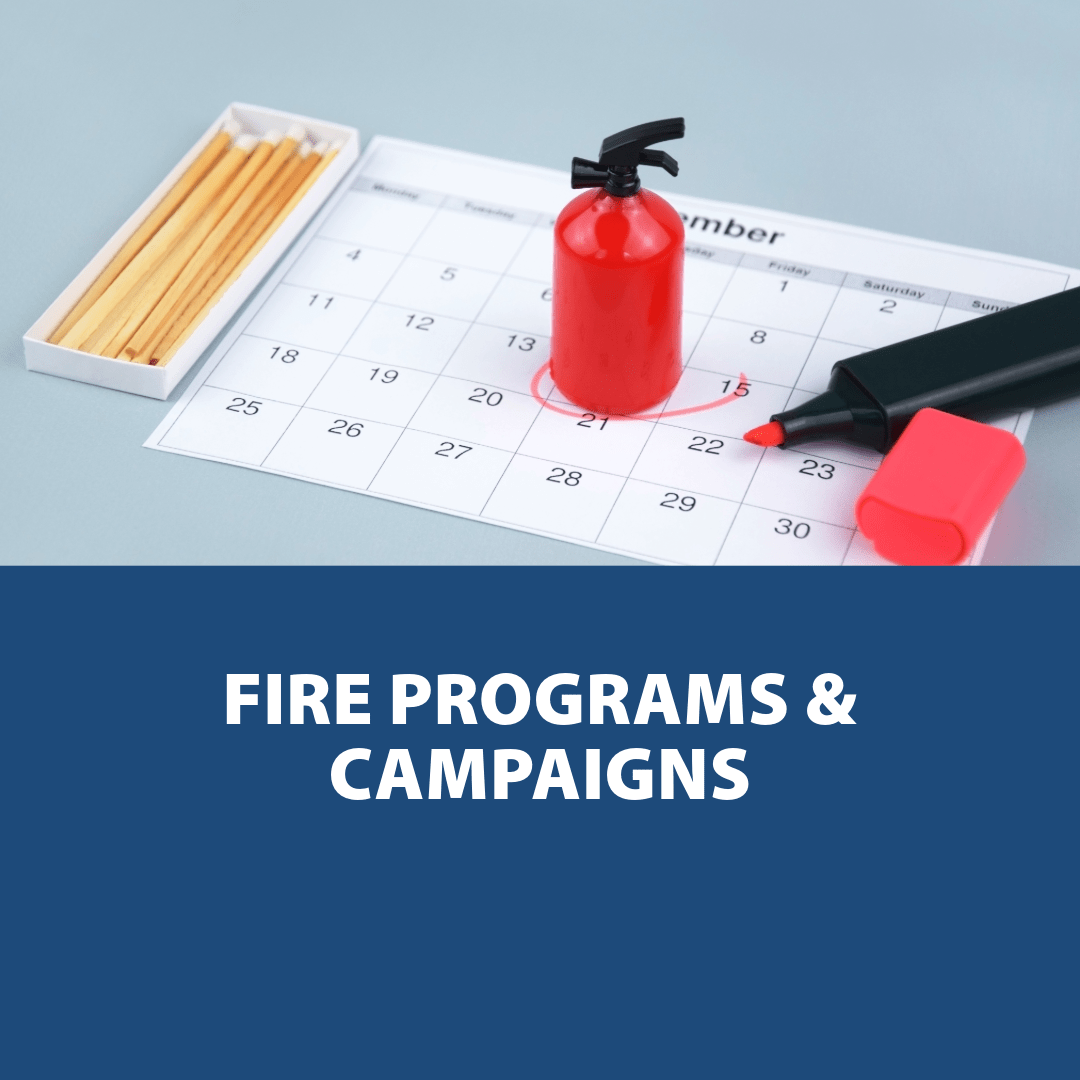Fire Awareness & Prevention

OHVs include all-terrain vehicles, quads, dirt bikes and other vehicles designed for travelling off public roads and on unpaved trails and rough terrain. Unfortunately, debris falling from these vehicles can start a wildfire. However, you can reduce the risk of your offroad vehicle causing a wildfire with a few simple precautions.
How OHVs can start wildfires:
- Exhaust systems heat up to temperatures above 204’C – hot enough to fry an egg and start a wildfire.
- At these temperatures, grass, muskeg, moss, or other debris built up on your machine can heat up, smoulder and ignite.
- The smouldering debris can drop to the ground as you’re riding, starting a wildfire.
OHV wildfire prevention
Preventing wildfires while using your OHV is easy. Follow these few rules to ensure a safe ride and reduce your vehicle’s risk of causing a wildfire.
How you can prevent wildfires:
- Before you ride, clean out hot spots and remove debris from your machine.
- After riding through muskeg or tall grass, stop and remove any build-up from your machine.
- Carry a small shovel, collapsible pail or fire extinguisher.
- Wash your quad and keep it clean; do not wash in streams or creeks.
- Make sure your muffler and spark arrestor are working correctly.
- Stop frequently. Take the time to clean debris from your machine’s hot spots. If the debris is smouldering, soak it, stir it, and soak it again to make sure it’s out.
- Remember that you are required to have a spark arrester on your OHV.
For more information, please visit OHV Safety Information
Campfires
Campfires are an appealing feature of many camping, motorized and non-motorized adventures. However, campfires can and do leave long-lasting impacts.
Campfires start many wildfires that the Government of Alberta puts out each summer. These numbers not only impact you as a taxpayer but also:
- Wildlife and their habitat
- Other public land users
- The safety of Albertans
- Your future recreational opportunities
How to build a responsible & safe campfire
One of the perks of camping is sitting around a campfire with friends, watching the stars about and roasting marshmallows. But, as enjoyable as campfires are, it’s essential to be responsible for minimizing damage to the areas around you.
Check Fire Conditions in the Area
- Before leaving home, check to see if there are fire bans in effect for the area you are visiting.
Building a Campfire
- The best place to build a campfire is in an existing fire ring or fire pit. This step helps minimize the impact on our land.
- Keep the fire small and burning only for the time you are using it.
- Never leave a campfire unattended.
Putting out the Fire
- You need to put out a campfire entirely before going to bed. Even one burning ember can create a massive forest fire, especially on a windy day.
- If possible, allow the wood to burn completely to ash. Then, pour lots of water on the fire to drown out all of the embers, not just the red ones. Keep pouring water until the hissing sound stops.
- Stir the campfire ashes and embers with a shovel and scrape the sticks and logs to remove any embers. Keep stirring to make sure everything is wet and cold to the touch.
For more information on campfire safety, visit Alberta Wildfire Campfire Safety
Cleanliness and Maintenance
Begin every harvest season with a clean machine. Pay special attention to the engine and engine compartment since about 75% of all machinery fires start in that area. Use a pressure washer to remove all caked-on grease, oil, and crop residue. A clean engine will run cooler, operate more efficiently, and significantly reduce your chance of fire. After starting the season, make sure you frequently blow any dry chaff, leaves, and other material off the machine with compressed air. Also, clear off any wrapped plant materials on bearings, belts, and other moving parts. Pay close attention to your machine operator’s manual and follow all instructions and schedules for lubrication and routine maintenance. If you notice any leaking fuel or oil hoses, fittings, or metal lines, make sure to replace or repair them immediately!
Eliminate Heat Sources
Combine and tractor fires can be caused by several heat sources. The most common is exhaust system surfaces that contact any flammable material. Make sure your exhaust system, including the manifold, muffler, and turbocharger are in good condition and free of leaks. When checking your oil and performing other daily maintenance, quickly scan any exposed electrical wiring for damage or signs of deterioration. Replace any worn or malfunctioning electrical components with proper parts from your dealer. If you are blowing fuses or have a circuit that intermittently cuts out, it’s a good sign that there’s a short or loose connection in the system. The arcing electrical wires on a farm machine will generate extremely high temperatures. Also, keep an eye out for worn bearings, belts, and chains. A badly worn bearing can glow red-hot. Any rubber belt subjected to intense heat from a worn part can burst into flames.
Brush piles and windrows are commonly used to burn woody debris from land clearing for agricultural and development purposes. Alberta Wildfire can advise you on how to construct your burn site so it meets the guidelines for safe burning practices required for your fire permit.
For more information, please visit Alberta Wildfire – Safe Burning
Programs and Campaigns

FireSmart is more than a collection of best-practices, programs, resources, and tools. FireSmart is a way of living with and managing the risk of wildfire. It is a shared responsibility between government, community leaders, neighbourhoods, and residents. Together, we can build a wildfire resilient Alberta. A FireSmart Alberta.
For more information and resources, please visit Alberta FireSmart

